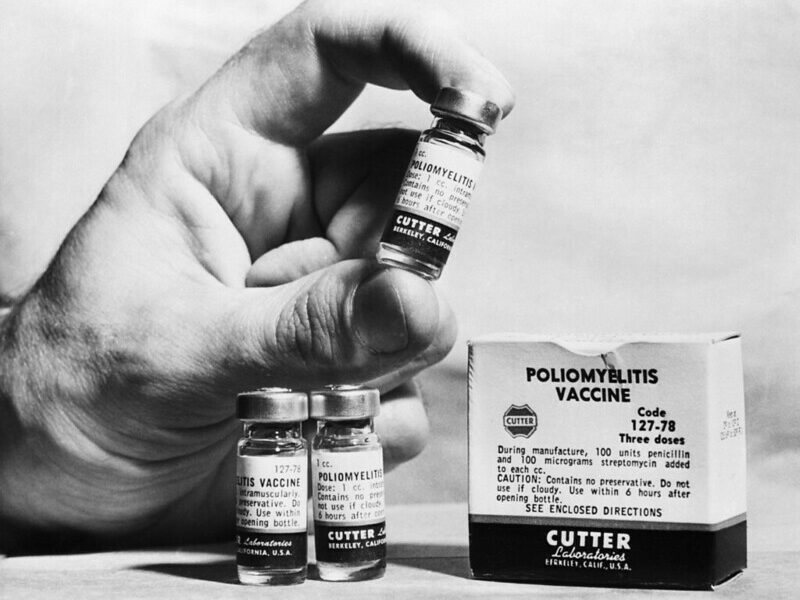As much of the world was celebrating the beginning of the year 2012, Shenzhen, a major city to the north of Hong Kong, was reacting to the death of a bus driver. The deceased was diagnosed with highly pathogenic avian influenza.
On Dec. 31, Hong Kong’s Centre for Food Safety declared the 13 km radius around the city an “import control zone” which means that no poultry products will be imported from the area. This measure will be in place for 21 days. As reported in Medical News Today, this method of approach, established in 2008, is called “zonal approach policy.” By banning imports from a predetermined area, the policy prevents the spread of disease from any poultry that the patient may have had contact with just prior to the onset of disease.
USAToday reports that the strain of H5N1 responsible for China’s first H5N1 case in 18 months is not a strain that can spread from person to person and that the victim must have been infected by direct contact with poultry.
Chinese health authorities remind citizens to avoid direct contact with poultry, to practice good hygiene by washing hands with soap and water (especially if contact should occur), and that this strain of avian influenza is not one that can be easily transmitted from human to human.
In mid December, Hong Kong culled (“culling” refers to the removal or slaughter of certain animals from a group based on specific characteristics) more than17,000 birds when a chicken was found to be infected with H5N1. French news sources report infection in three different birds; a chicken, a passerine and a gull. The passerine was found by a father and a son who have presented influenza like symptoms. Both are being closely monitored in the event that their symptoms indicate H5N1 infection.
Previous reporting from The Disease Daily reviews the threat that bird flu poses and the different strains that exist. Read the previous post here for more information on H5N1.
